MusicRadar Verdict
A truly go-anywhere music production experience – and now better equipped than ever. The Live II remains the high point of the current MPC range.
Pros
- +
The most powerful laptop-free production solution on the market right now.
- +
CV outs are a great addition.
- +
The built-in speaker is surprisingly powerful.
Cons
- -
Software workflow remains a little complex and disjointed.
MusicRadar's got your back
What is it?
Back in 2017 Akai made something of a U-turn with their iconic MPC range. Following several laptop-reliant iterations – MIDI controllers designed for bespoke software, effectively equivalents to NI Maschine – the company released a pair of MPCs that once again took things out-of-the-box with built-in CPUs that allowed them to operate as completely standalone, DAW-rivalling production tools.
The behemoth-like MPC X was the flagship, but the MPC Live was the standout. Equipped with a rechargeable battery for completely wireless operation, the Live really nailed the balance between self-sufficiency and versatility – stripped back enough to allow users to free themselves from the shackles of their studio computer while powerful enough not to leave them hankering after their DAW.
The most obvious update for the MPC Live II comes in the form of a chunky black built-in speaker sat across the full width of the hardware’s bottom edge. We’ve waxed lyrical on multiple occasions about our scepticism of the need for companies to keep adding speakers to their synths and grooveboxes – they rarely sound decent, offering no substitute for headphones or proper monitoring and – in the case of Volcas, POs, etc, – have more capacity to annoy those around you than aid your music-making. I’m forced to admit though, it’s a nice addition here.
Crucially, the Live II’s speaker actually sounds good, offering decent volume, a surprisingly good stereo image and – crucially – a fair amount of low-end presence. We still wouldn’t rely on it for mixing or in-depth sound design, but for setting up kits and bashing out patterns it works nicely. It fits well with the rechargeable battery too, making it easy to up sticks and work on an idea away from the studio.
There are other, less obvious tweaks to the Live hardware too. Most notable of these is the addition of four stereo mini jacks on the rear for outputting CV signals. CV was already included on the larger MPC X, but given the proliferation of accessible analogue gear and Eurorack systems, it makes a sensible addition here too. CV sequencing slots nicely into the existing MPC workflow, and the ability to trigger and sample analogue hardware adds to the appeal of using the MPC Live as the hub of a live setup.
There have been a few tweaks to the control layout too, the most significant being that the master volume has moved from being a small dial on the rear panel to a chunky front panel knob. This is a smart choice, rectifying one of the more annoying elements of the original’s design.
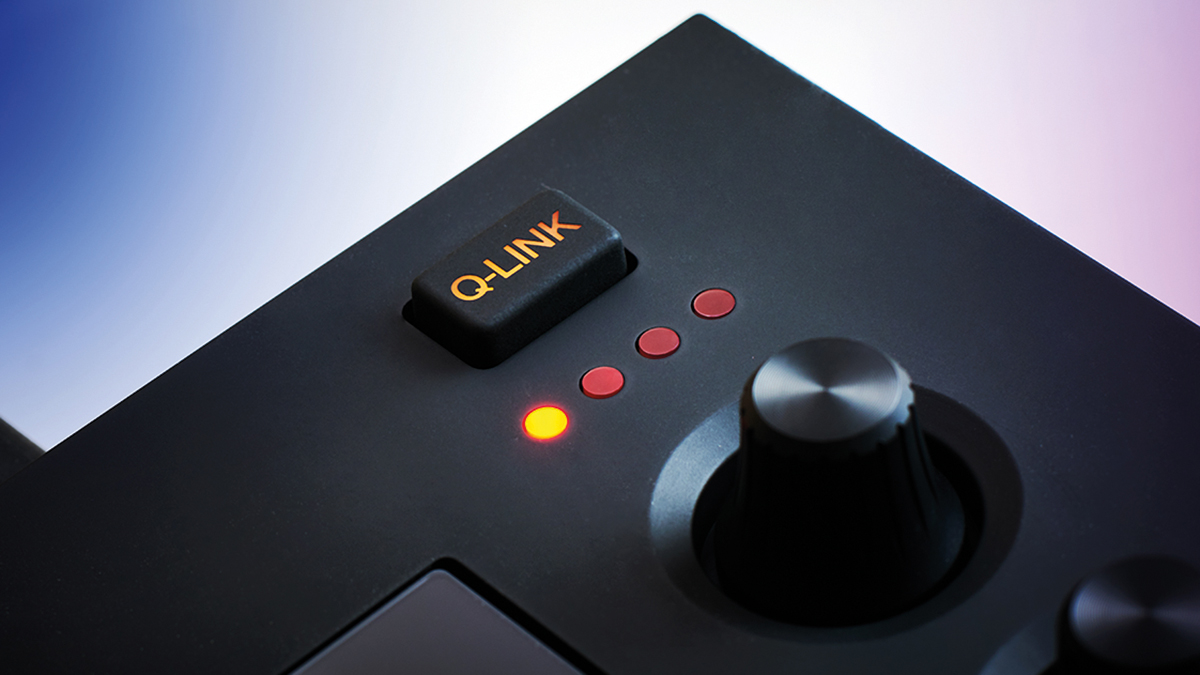
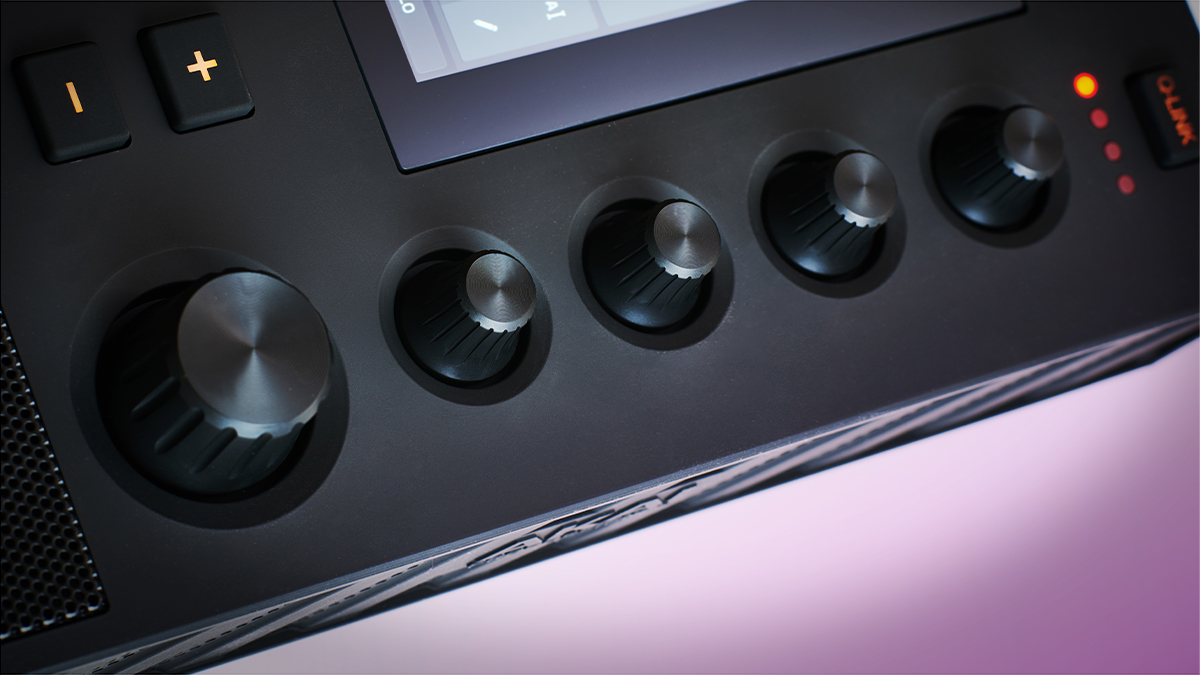
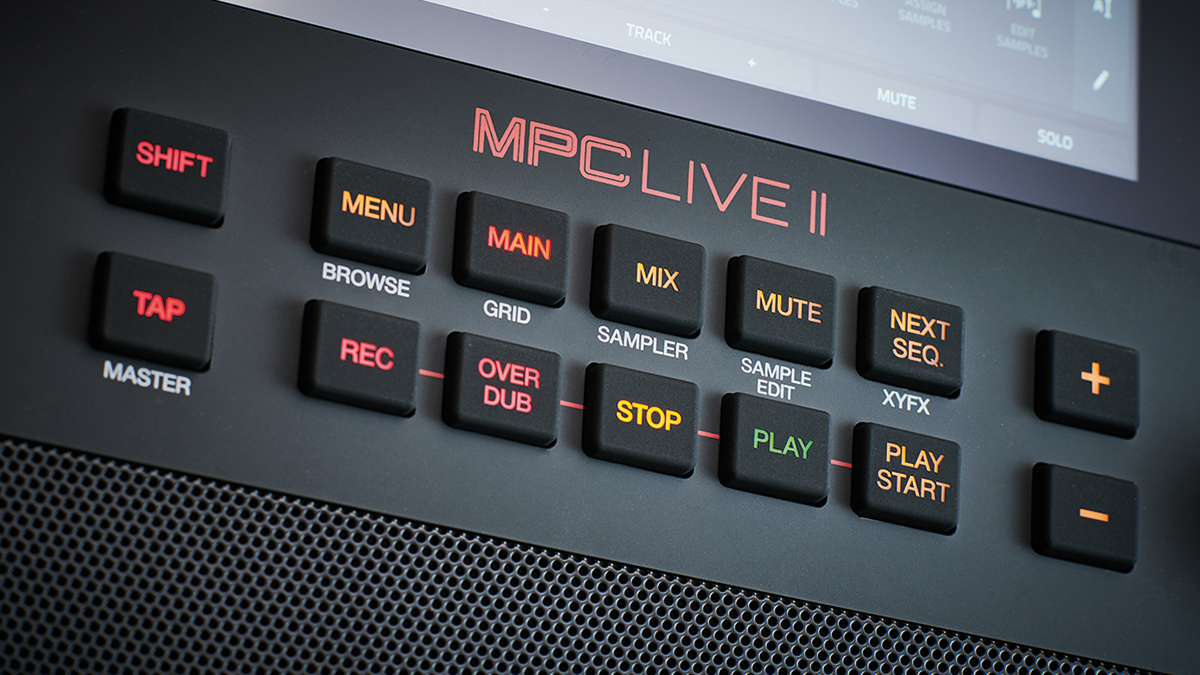
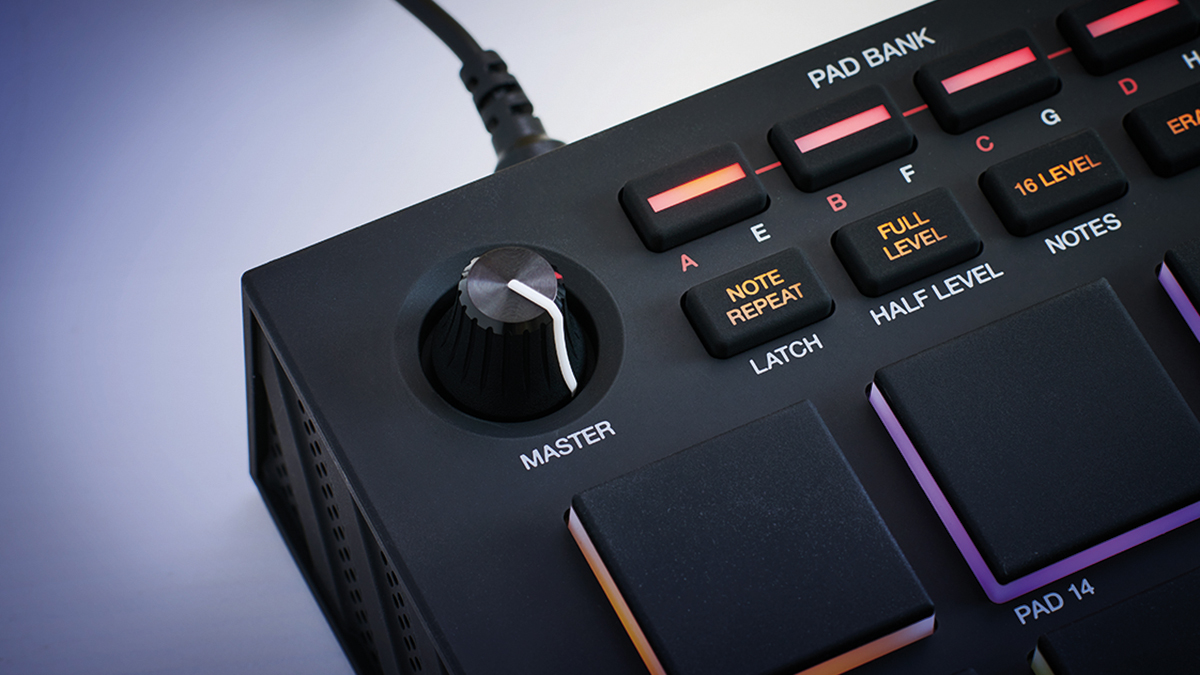
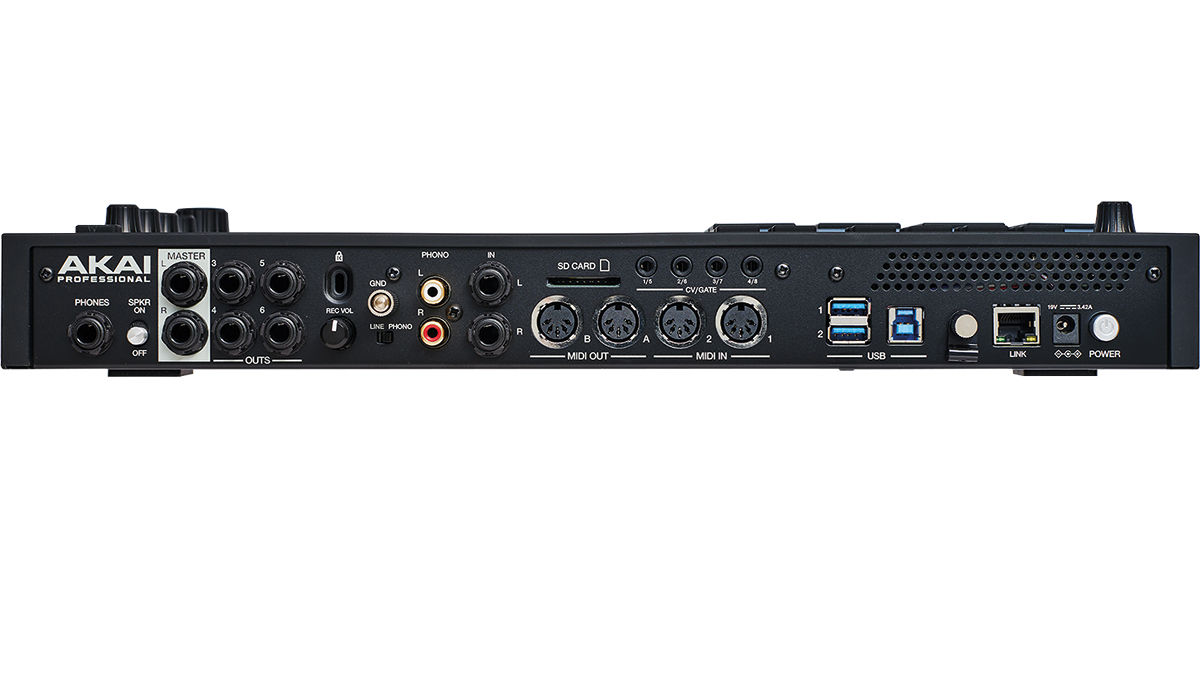
Performance and verdict
On the digital side, this machine runs the same MPC 2 software as the previous generation Live, MPC One and MPC X, which has just been updated to version 2.8. To recap, the software is available to use in two ways – standalone on the machine itself, or as a desktop application using the MPC as a controller. In capabilities terms, the MPC app is a DAW-level sampling, recording and arrangement environment stocked with a comprehensive range of tools.
When we reviewed the previous MPC Live, we said the software – in standalone mode, at least – felt occasionally convoluted and disjointed, and we stand by that criticism now; there are a lot of different views and menus to navigate, and while much of the workflow is intuitive, some features end up buried amongst sub-menus.
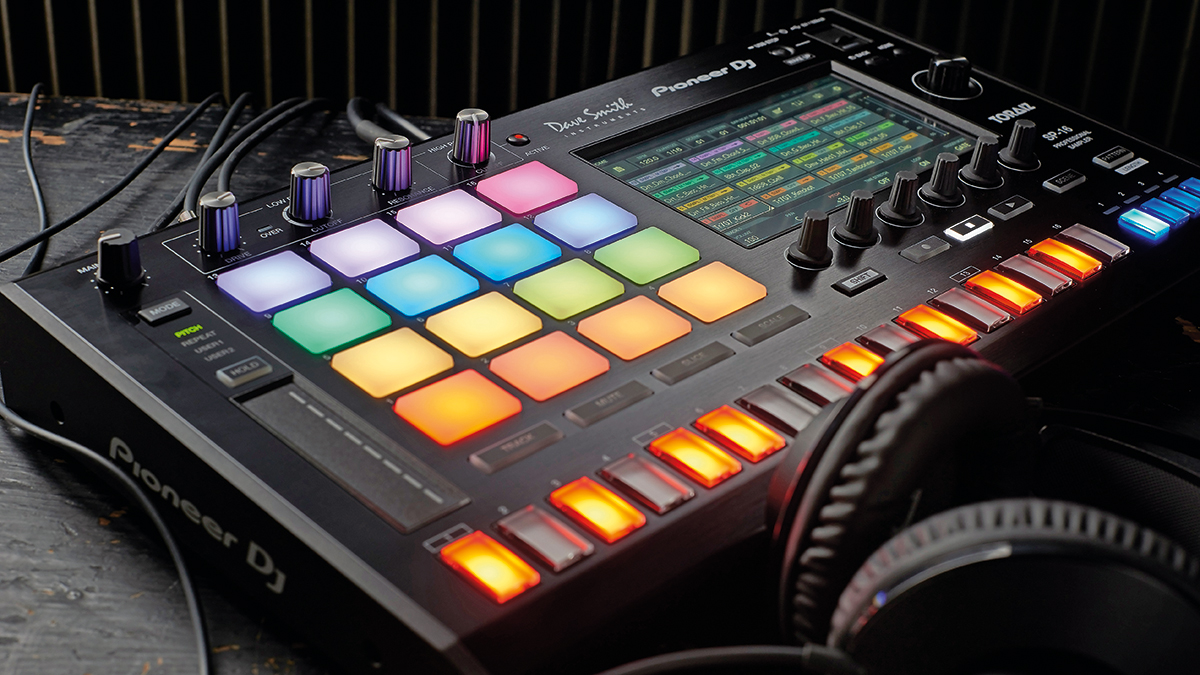
Pioneer DJ Toraiz SP-16
Some firmware refinement is needed to justify its price, but there's a lot to like about this inspiring and intuitive standalone sampler.
Roland MC-707
It lags behind some rivals on the sampling front, but on the whole, the MC-707 is powerful, well-designed and a lot of fun.
That said though, you can’t knock the capabilities here. There are some restrictions when using the software in standalone mode, compared with the desktop version, primarily a limit of eight audio tracks and no access to third-party plugins. The latter of these isn’t too big a hindrance as Akai’s own suite of effects and synths is comprehensive and covers most bases to a pretty high standard. In all, it doesn’t feel like too much of a compromise in exchange for truly self-contained, portable music-making.
Since we last reviewed the MPC line, Ableton Live compatibility has been added, not only allowing MPC creations to be exported as Live projects, but also providing mapping to use the hardware as a wireless Live controller. The latest software update, version 2.8, adds a vastly expanded set of MIDI capabilities. This allows the MPC hardware to connect to multiple devices simultaneously, using an external USB hub or MIDI interface. It’s also now possible to route MIDI internally to sequence multiple elements from a single track. A retrospective record tool has been added too, effectively the same as Ableton’s Capture, allowing users to recall recently played MIDI parts.
All in all, the MPC range is at the most appealing right now that it’s been in the 21st century. In terms of its balance of capabilities and convenience, there isn’t anything on the market to rival the MPC Live when it comes to realising the dream of wireless, go-anywhere music production. The hardware updates for v2 are subtle, but both speaker and CV ports add genuine usability.
MusicRadar verdict: A truly go-anywhere music production experience – and now better equipped than ever. The Live II remains the high point of the current MPC range.
Hands-on demos
Akai
Accurate Beats
Specifications
- Type: Portable hardware sampler, sequencer and DAW replacement
- Key features: No Computer Required, Powerful Multicore Processor System, Built-in Stereo Monitors, 16 Full-size Velocity Sensitive RGB Pads, Brilliant 7-inch Multi-Touch Display, 2 GB RAM, 16GB Onboard Storage, Over 10GB pre-installed content, Mac & PC Controller for MPC Software (included), Stereo Inputs, 3 Stereo Outputs, Phono Level RCA Jacks, 2 x MIDI In & 2 x MIDI Out, 4 TRS CV/Gate Jacks, 8 Outputs Total, USB 2.0 Slot for Storage Drives or Midi Controllers for use in Standalone, SD Card Slot, 2 USB 3.0, Expandable SSD Bay
- Contact: Akai
I'm the Managing Editor of Music Technology at MusicRadar and former Editor-in-Chief of Future Music, Computer Music and Electronic Musician. I've been messing around with music tech in various forms for over two decades. I've also spent the last 10 years forgetting how to play guitar. Find me in the chillout room at raves complaining that it's past my bedtime.
“We’re still avoiding him to this day... we would just despise him after a while”: Flaming Lips' Wayne Coyne is not a Billy Corgan fan
“KIKI BOY 2025”: Frank Ocean appears to be teasing something... or other
“This is great. I knew I was getting to them! I’m so happy. It’s such a good feeling”: Spotify bites back at Kate Nash










